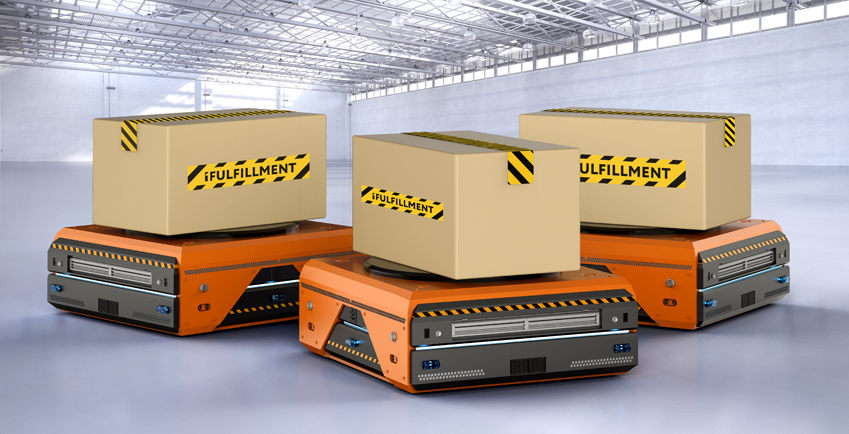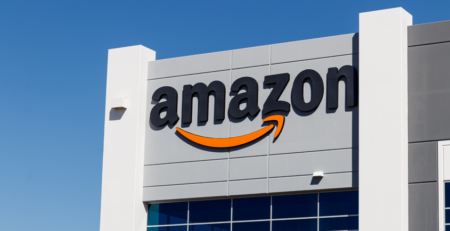Understanding The Order Fulfillment Process
What is Order Fulfillment?
Order fulfillment is the process of storing inventory, picking and packing products, and shipping online orders to customers.
This process can be completed in-house by an e-commerce company or outsourced to a third-party logistics (3PL) provider.
Ecommerce order fulfillment applies to both business-to-business (B2B) orders — where large quantities of product are shipped to big-box retailers — as well as business-to-consumer (B2C) orders that are shipped directly to a single shopper’s home.
For B2C orders, the end consumer may place the order on the merchant’s website or through an online marketplace.
After the customer completes their purchase, the fulfillment process begins.
Understanding The Order Fulfillment Process
If you are new to the fulfillment world, you may not have put much thought into how an online order ends up at your doorstep.
However, there are many moving pieces — from routing and managing inventory to choosing the correct packaging for the lowest practical dimensional weight — that make up the entire fulfillment process.
1. Receiving
Before you can fulfill orders from your online sales channels, you need inventory.
If you choose to fulfill orders in-house, your inventory must be on-hand.
If you are outsourcing fulfillment, inventory must be sent to the provider that will fulfill on your behalf.
2. Inventory storage
Inventory storage, also known as warehousing, is the organization and storage of your products.
Proper inventory storage will keep your products secure and protected and help give you visibility into what is available to ship to your customers.
3. Order processing
Once an order has been submitted, it will get processed.
These steps involve picking, or the retrieval of items from where they are stored, and packing, or getting the order ready to ship.
This may also include instructions on which packing materials to use — boxes, bubble mailers, poly bags, packing tape, bubble wrap, airfill, etc. — or any custom packaging and inserts to create the intended unboxing experience for the end customer.
Finally, a shipping label must be added to the package.
4. Shipping
Once the order has been processed and is ready to send, the merchant must get it shipped.
This may involve a run to the local post office or UPS Store, or having a carrier pick up the orders from the fulfillment location.
Once the order ships, you should receive tracking info that can be shared with customers to keep them up-to-date with their deliveries.
5. Returns processing
If a customer returns an order, you must be prepared to process it.
They may ship it directly back to you or the fulfillment provider where it will be evaluated.
Depending on the item quality, return reason, and your returns policy, the product can either be restocked as available inventory or disposed of due to malfunction.
Looking for a reliable fulfillment provider? Try 1Fulfillment for FREE




